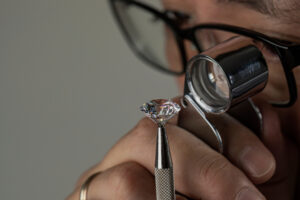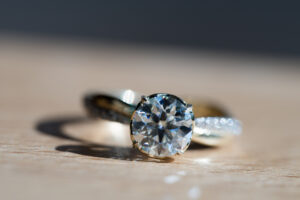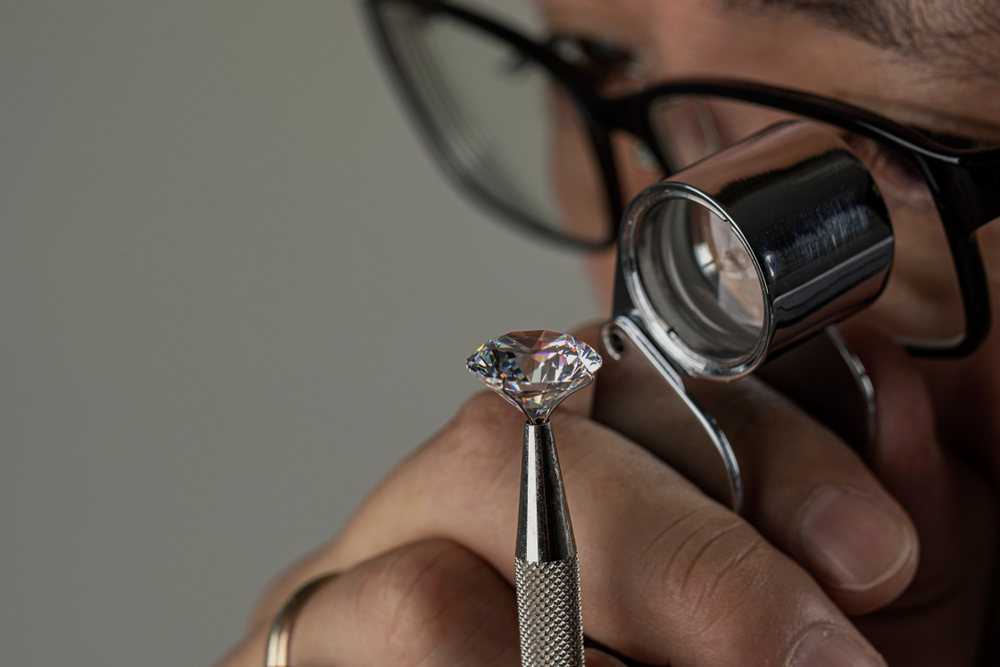
Lab-grown diamonds are growing in popularity among people across the globe because of their price and minimal environmental impact. Even though they are artificially made, they are identical to natural diamonds in every way. They have the same visual, physical, and chemical properties. Lab diamonds and natural diamonds are created under the same conditions, but one is made in a lab and the other deep down the earth’s crust. This growing process produces inherent inclusions and imperfections in the stone. That means, lab-grown diamonds also have various flaws that we usually see in mined diamonds.
Creation Process Of Natural And Lab-Grown Diamonds
Diamonds evolved deep underground between 1 and 3 billion years ago, according to geologists. It is believed that the process begins with carbon dioxide buried around 100 miles underneath the surface of the Earth. The carbon dioxide is heated to a temperature of over 2,200 degrees Fahrenheit and compressed to a pressure of 727,000 pounds per square inch. In other words, when carbon dioxide is subjected to extreme heat and pressure, it forms a diamond.
The two processes that diamond manufacturers use to create diamonds in a lab are Chemical vapor Deposition and High-Pressure High Temperature. The process of Chemical vapor Deposition starts with a tiny piece of diamond seed. That diamond seed is then heated to around 1500 degrees Fahrenheit in an enclosed room. A carbon-rich gas is converted into plasma and pumped into the container. The ionization of the gases disrupts the bonds between molecules, allowing pure carbon to attach to the diamond seed and crystallize over time.
A tiny diamond seed is inserted into carbon to form an HPHT diamond. Very high pressure and temperatures are applied to the diamond seed. Around the beginning seed, pure carbon will get melted and begins to form a diamond. After that, it’s gently cooled to create a pure carbon diamond.
Grading Of Lab-Grown Diamonds

Even though lab-grown diamonds are real diamonds, they usually have different amounts of inclusions and flaws. Carefully planned creation processes are not a guarantee for diamonds with no flaws. The 4 c’s of the diamond clarity, carat, cut, and color is used to grade diamonds. There’s no reason to differentiate grading for lab-grown diamonds and mined diamonds because they’re both graded the same way.
The diamond’s size, the beauty of the cut, and how perfect and transparent it is are all factors used by gemologists to evaluate the diamond. The inclusions and imperfections discussed earlier play a role in grading the diamond. Make sure to buy a diamond ring that has high clarity grade. At RockHer, you can customize high quality rings with numerous diamond options for the perfect ring.
